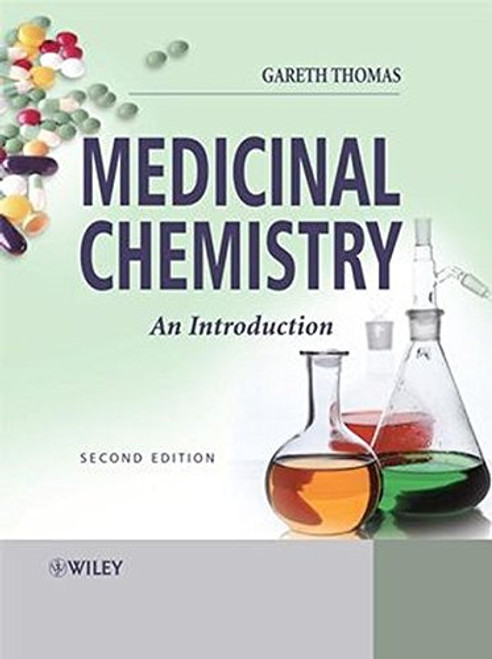Product Overview
Many of us think nothing of taking a painkiller to ease a headache, or to relieve the symptoms of 'flu. But how do drugs have their effect in the human body? How are new drugs discovered and designed to be as effective as possible? An Introduction to Medicinal Chemistry offers an engaging insight into the one field of chemistry that arguably has the greatest impact on our quality of life than any other.
Newly structured into four parts, the book opens in Part A with an introduction to pharmacodynamics and pharmacokinetics. Pharmacodynamics considers the types of molecular targets used by drugs, the interactions which are involved when a drug meets that target, and the consequences of those interactions. Pharmacokinetics considers the issues involved in a drug reaching its target in the first place. Part B goes on to examine the general principles and strategies involved in discovering and designing new drugs and developing them for the marketplace, while Part C looks at particular 'tools of the trade' which are invaluable in those processes. Finally, Part D covers a selection of specific topics within medicinal chemistry. Reflecting a change in emphasis in medicinal chemistry research, this Part takes us from the largely trial-and-error approach to drug design to the rational approach, and explores the most recent advances in molecular biology and genetics which have revolutionised drug design.
With a striking new two-colour text design, and greatly enriched learning features, the third edition conveys the fascination of working in a field which overlaps the disciplines of chemistry, biochemistry, physiology, microbiology, cell biology, and pharmacology. A must-have textbook for any student of medicinal chemistry.
Companion Web Site
- Figures available to download, to facilitate lecture preparation
- 3D molecular structures, to enable students to visualise key structures in an interactive way
- Multiple choice questions with answers, to support and encourage independent learning






